Explore the Best AI Image Gallery
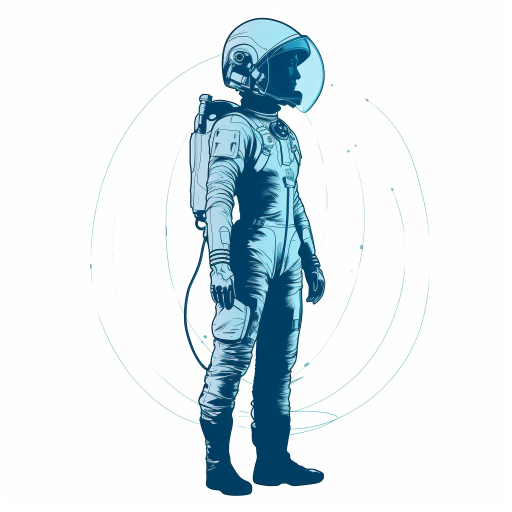
The Artistic Frontier: Embracing AI-Generated Images in the Creative World
In recent years, artificial intelligence (AI) has transformed various industries, and the world of art is no exception. The emergence of AI-generated images has not only sparked curiosity among artists and technologists but has also led to a profound rethinking of creativity, authorship, and ethics in artistic expression. This post delves into how AI-generated images are reshaping the creative landscape, their potential applications, ethical considerations, and what the future may hold for this fascinating intersection of technology and art.
The Role of AI in Artistry
AI-generated images leverage deep learning algorithms, particularly Generative Adversarial Networks (GANs), to create visual content. Artists are increasingly incorporating these tools to push the boundaries of traditional art forms. By combining human intuition and creativity with AI's computational power, unique, unforeseen results can emerge. Here are some notable roles AI plays in contemporary artistry:
- Collaboration with Artists: Many artists are using AI as a collaborator, allowing it to generate ideas or initial compositions that they can then refine. This collaboration prompts a re-evaluation of creativity itself, blending human input with machine-generated inspiration.
- Accessibility to Art Creation: AI democratizes art creation by providing tools that anyone can use, regardless of technical skill. This accessibility encourages more people to engage in artistic pursuits, resulting in a diverse array of content.
- Exploration of New Aesthetics: AI systems can process vast amounts of data to identify patterns and styles that may be outside the conventional norms, fostering the emergence of new artistic styles and forms that challenge traditional expectations.
Potential Uses of AI-Generated Images
The applications of AI-generated images are vast and varied. From commercial uses to conceptual art, the potential is only limited by our imagination. Here are a few key areas where AI-generated images are making an impact:
- Advertising and Marketing: Brands use AI to create compelling visuals that resonate with their target audience. AI can generate tailored images that appeal to individuals’ preferences based on big data, improving engagement and conversion rates.
- Film and Animation: In the entertainment industry, AI-generated visuals can assist in the conceptualization of characters, settings, and storyboards, enhancing the storytelling process. Animated films can benefit from AI in creating visually complex scenes quickly and efficiently.
- Virtual Reality and Gaming: AI-powered technologies are facilitating the creation of immersive environments in virtual reality and gaming, generating detailed landscapes and character designs dynamically and in real time.
- Personalized Art: AI systems can also create personalized artworks for individuals, making art more relatable and meaningful. Such applications include custom portraits and artwork that mirror the viewer’s style or preferences.
Ethical Considerations
As exciting as the prospects of AI-generated images may be, they come with a host of ethical dilemmas that need addressing. Key issues include:
- Ownership and Authorship: Who owns the rights to an AI-generated image? Is it the programmer, the artist who influenced the design, or the AI itself? This confusion complicates traditional notions of artistic authorship.
- Impact on Traditional Artists: The proliferation of AI-generated art has raised concerns among traditional artists about job displacement and devaluation of human creativity. How do we preserve the value of human-created art in an increasingly AI-dominated landscape?
- Quality and Authenticity: There is an ongoing debate about the quality and emotional depth of AI-generated art compared to works created by human hands. Can machines truly replicate the nuanced emotions infused within traditional artworks?
- Bias and Representation: AI systems are only as good as the data they're trained on. If the training data is biased, the generated images can reflect and perpetuate those biases. This raises concerns about representation in visual art.
Future Trends
As technology continues to advance, the future holds intriguing possibilities for AI-generated images in art. Some trends to watch include:
- Improved Collaboration Tools: As AI systems become more sophisticated, we can expect enhanced tools that facilitate more meaningful collaborations between artists and AI.
- Integration with Augmented Reality: Future developments will likely see AI-generated images integrated into AR experiences, allowing users to interact with art in immersive ways.
- Greater Emphasis on Ethics: As the field matures, it is essential that ethical guidelines and frameworks are established to ensure responsible usage and promote fair practices in AI-generated art.
- AI as a Catalyst for New Genres: The rise of AI will likely give birth to new genres and forms of digital art, leading to fresh dialogues around what constitutes art in the 21st century.
Conclusion
AI-generated images are undeniably transforming the creative landscape, offering innovative tools and opportunities for artistic expression. However, with this transformation comes the responsibility to navigate the ethical complexities it presents. As we step into this new artistic frontier, fostering a mindful approach to AI in art will be crucial in ensuring that creativity continues to thrive in harmony with technology.
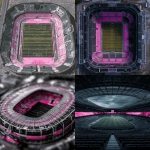
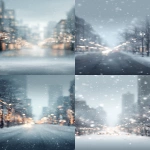


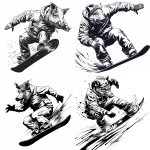
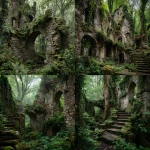

](https://images.ai-img.art/thumbnails/150/908bcb9950a44fd4b37d1a84cf00178988cea9507738d7ad4f92707c692461ef.webp)

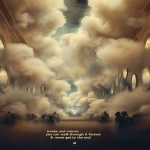
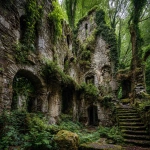
](https://images.ai-img.art/thumbnails/150/3ccc82ef0ad0cc1ab1dfb5b8e6bc37924fcad45dadf41cbd1cb21d19fc7f640a.webp)
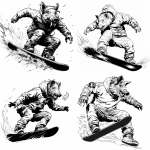
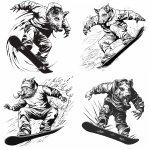
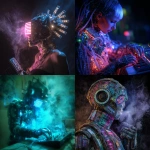
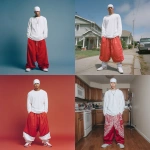
](https://images.ai-img.art/thumbnails/150/83ec831b9fb19e0db5a520b051b9556f3f594b87acc957ffee094a06a565e6f0.webp)
](https://images.ai-img.art/thumbnails/150/69d81ae5ecde297f3c11da78435c5fc00fbac7b00e2c7ccd89d7bbeb014e0541.webp)
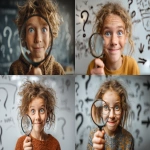
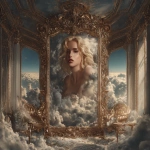
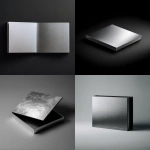

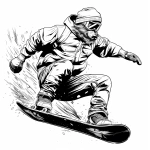
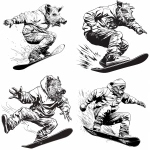
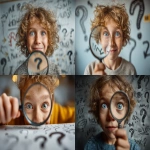
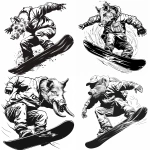
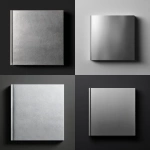
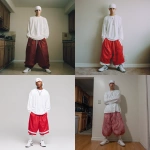
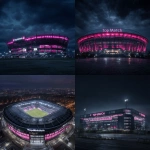
](https://images.ai-img.art/thumbnails/150/05b3252b3f681226a3df9027b069db31c005f91b72257a74367c4102f03a2ba0.webp)
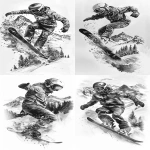

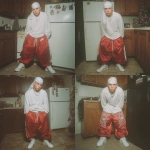

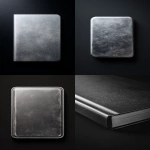
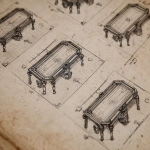
](https://images.ai-img.art/thumbnails/150/57afc09cc38edf73880f760b7ebe1852c5522c6b4051836717b2e56b6f7f913c.webp)
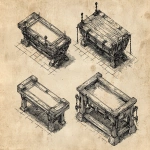

](https://images.ai-img.art/thumbnails/150/fc468fe14407b96489933a55227127071fd5f6c0505be74ca4dcb2f1e2fa3771.webp)
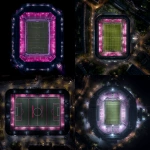
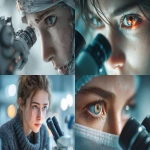
](https://images.ai-img.art/thumbnails/150/807ac97f95d56e8cc7cf714e13299d80bf6bcb5b4d80b77a7f06f30246184943.webp)

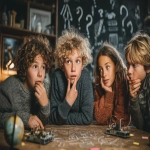

](https://images.ai-img.art/thumbnails/150/738b292720ee21b57673dfb75ad851f4c34d16f5006ae3027ba685feaddb6b04.webp)